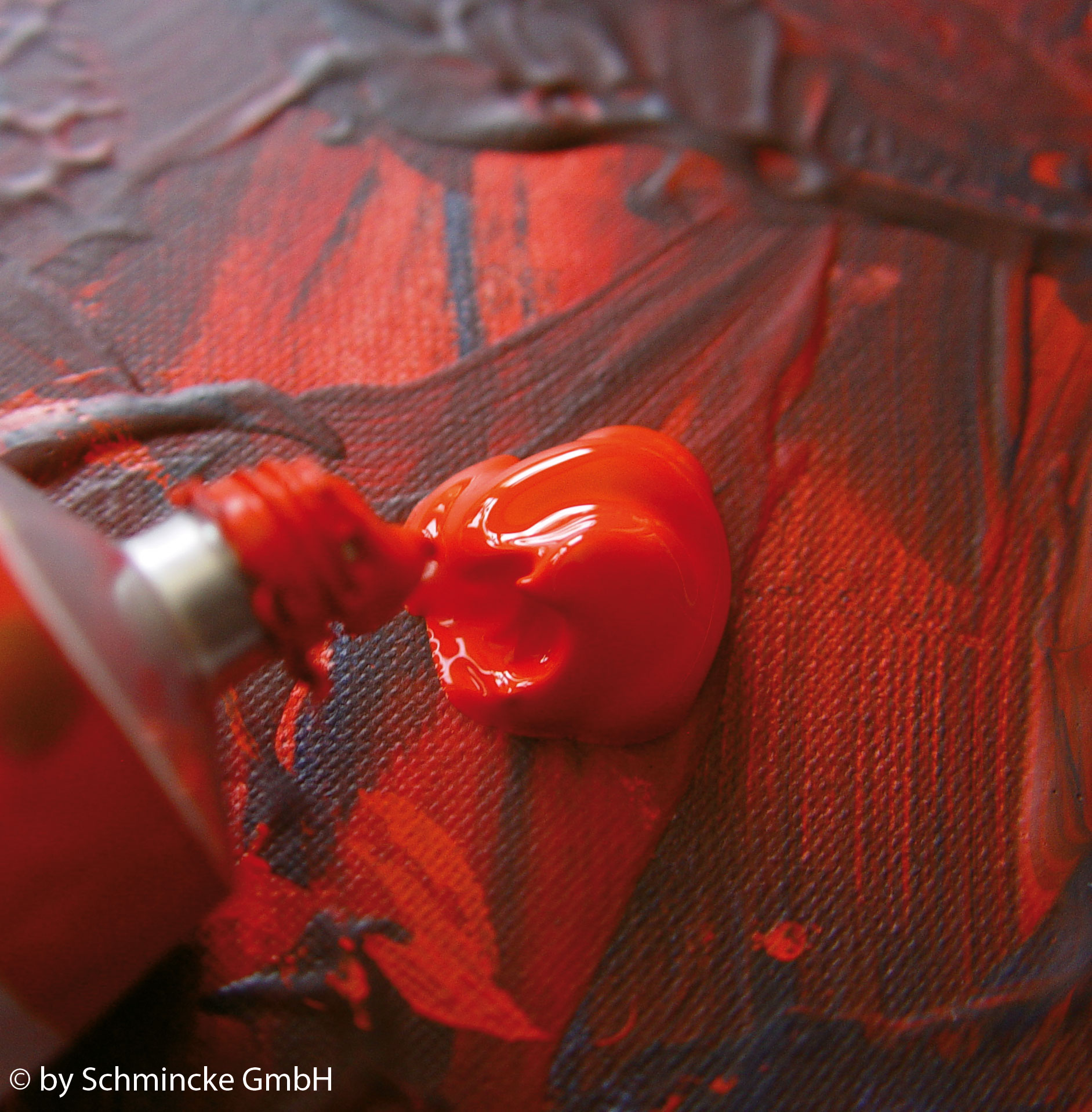News blog - artistravel international
Part 1: 10 Beginner Tips for Painting with Acrylic Paint
Acrylic paint is a fantastic medium, especially for beginners. Painting with acrylic paint brings many benefits. Not only the versatility, water solubility and the fact that it dries very quickly is practical, but also that you can easily change mistakes and dissatisfactions afterwards. If you are not satisfied with an area that you have painted, you can let it dry and paint it over. Acrylic is a plastic polymer that you can use to paint on any surface as long as it contains no wax or oil. Unlike oil paints, acrylics can be processed without the use of toxic additives and the painting materials can simply be cleaned with soap and water in case of stains.
Have a spray bottle of water ready
Unfortunately, it also has disadvantages that acrylics dry so fast. Therefore, it is important that you spray the colors on your palette with water during the painting process. This prevents them from drying out. But you can also spray the water directly on the canvas or paper to keep the paint moist and workable. However, you have to be careful because different, not necessarily wanted effects like dripping, splashing or colors running down, can occur.
Work efficiently by painting large surfaces first
Ambitious painters often need a lot of time and work slowly and carefully on their painting. This can be a problem with acrylic painting, because your palette dries out during that time. You will not notice it until, for example, you want to reload your brush. Oops, look! The paint is dried out and no longer usable. So you have to re-mix the color, which can sometimes be a real challenge. To avoid frustration and annoyance try using the largest possible brush to paint the large shapes of your composition. Save the details for later when you work with smaller brushes. Always work from the general to the specific.
Use synthetic brushes
Acrylic paint can be very demanding for natural fibers. It can dry them out and cause the hair to break. Synthetic brushes are made of nylon or polyester fibers and imitate the characteristics of natural fibers. Some are specially made for the use with acrylic paints and are easier to clean. Mostly they are cheaper than natural bristles or hair. It is always important that the brushes are cleaned quickly and thoroughly.
You need a flat bristle brush in a good medium size
A good medium sized bristle brush definitely belongs in the packing list. It is an all-rounder, as it can be used for almost everything. Depending on what edge you use it, you can make wider and narrower strokes. It gives you a distinctive brushstroke comparable to a soft brush.
Keep your brush moist while you’re painting
First of all, it is very important that your brushes are in a glass of water while you are painting, so that the paint cannot dry on the brush. So you need two containers for your brushes. Once to keep your brushes wet and the other one to clean your brushes if you want to change the color. But beware! Keep the water level in your containers low, so that only the brush hair gets wet and not the handle (otherwise the paint on the brush handle would swell up and flake off, which would be too bad). After painting, you should clean your brush thoroughly with soap and water and rinse immediately. When you dry your brushes, they should lie with the bristles hanging down or stand with the bristles up in a container.
To be continued...
Posted in Creativity, Painting on Jun 12, 2018


